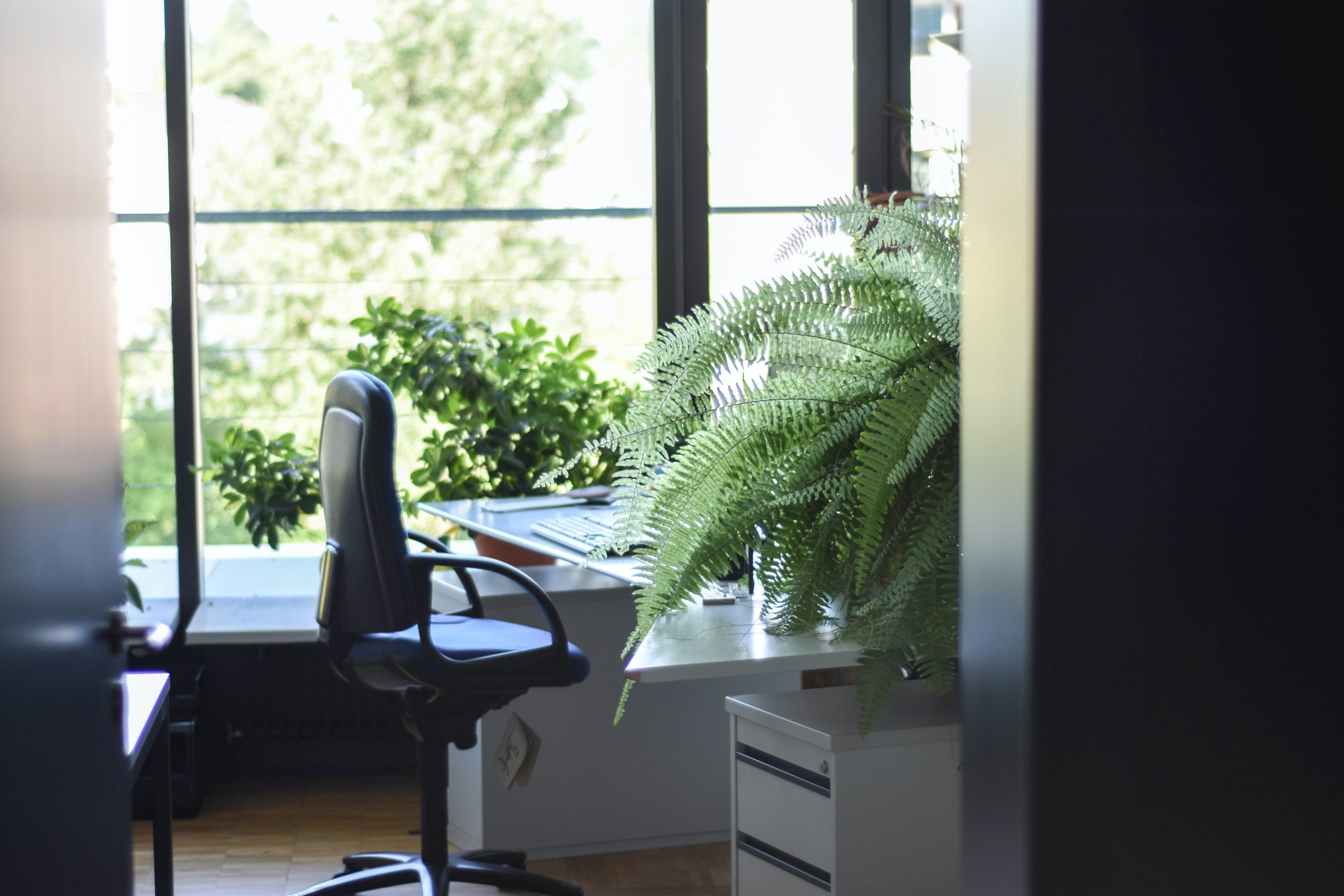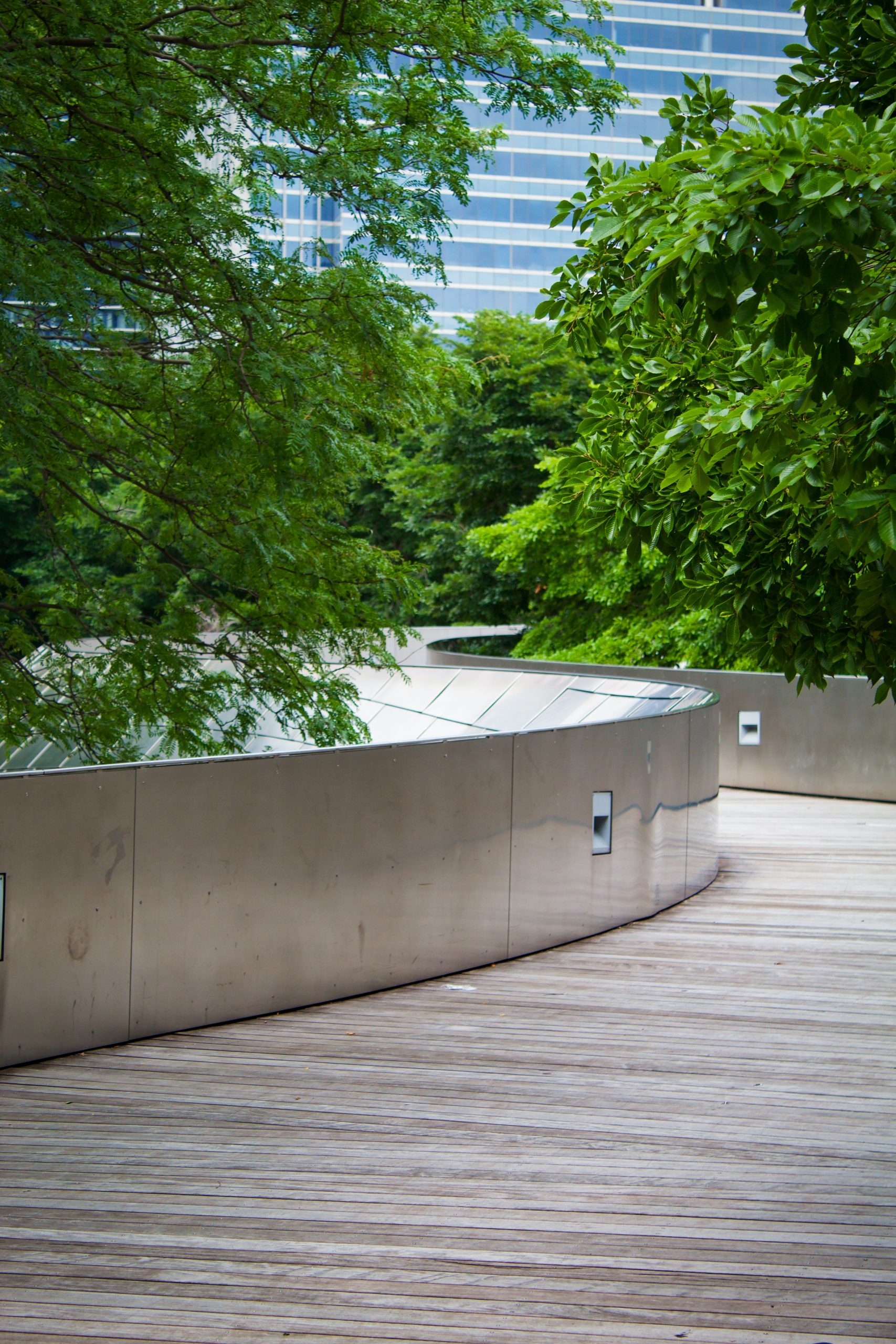You’re undergoing a workplace refurbishment, and the designer you’re working with has filled your space with lots of greenery and planting.
It looks great, but you can’t help thinking, ‘Is this just a nice-to-have? I could do with making some cost savings.’ Plants are the first to be cut from the design because you naturally prioritise furniture for your employees to work at.
So, how will workplace plants improve employees’ wellbeing? We have studied the stats that explain why. Objective data shows how plants aid the human mind and can make you cost savings in the long run by reducing sick days and improving productivity.

The Evidence
According to a study of 7,600 employees from 16 countries by ‘The Global Impact of Biophilic Design in the Workplace,’ 58% of offices have no plants, whilst 30% have no access to natural light. Yet, during the same study, plants in the workplace ranked as the second most wanted element in a new office space.
Workers exposed to plants were up to 38% more productive than those with minimal access to plants. Higher productivity means more work output, but it’s not just that your staff will get more work done; they will be less stressed. Participants were found to be 12% less stressed in an office with plants than in an environment with no planting at all.
The Cost
In Great Britain, more than 130 million days are lost to sickness absence every year, resulting in working-age ill health. This costs the national economy £100 billion annually. A 1% reduction in sick days would save £1 billion for the economy. Plants have been proven to increase staff wellbeing by up to 47%, reducing sick days and communication disruptions and increasing work output. The presence of plants can reduce staff illnesses such as fatigue, headaches, sore throats, coughs, and dry skin by 12%. A visual connection with nature can lower blood pressure and heart rate.

Rich biodiversity is more beneficial to our psychological health than the number of plants. So, you’re better off having a range of different plant species than a whole office full of ferns! Unlike non-nature, repeated viewing of real nature does not significantly diminish the viewer’s level of interest over time. Your employees will get more out of having plants on the wall in their workplace than a photo frame they probably won’t even register after a few weeks.
Humans have an innate desire to connect with nature that has evolved and adapted over thousands of years. Now more than ever, in this digital age, it is imperative for our mental health to connect back to nature and benefit from all the wellbeing improvements. The pandemic has particularly highlighted people’s yearning to be immersed in nature, and we have realised now that employees are moving back to the office; they want similar experiences at work.
What is so special about the plants that cause them to be so effective?
Indoor plants remove pollutants from the air by absorbing gases through their leaves and roots. The microorganisms living in potted plants’ soil also play an instrumental role in neutralising VOCs and other pollutants. The amount of leaf surface area influences the rate of air purification. As little as two “good sized” plants per 100 square feet of interior space can make an impact—two of the best plants being a Spathiphyllum and a Sansevieria.

The Well Building Standard™ certification, ratings, and membership allow companies to show they are serious about hitting wellbeing criteria. Seven concepts form the standard. One of the seven is ‘Mind’, which breaks down into ‘Nature and Place’. Plants are a requirement for the standard and/or water features and nature views. They require a living wall equal to or greater than 2% of the floor area, and outdoor areas must be covered with 70% planting, including tree canopies.
There are many ways that you can incorporate plants into your office. It doesn’t just have to be a standard pot plant! From receptions with living walls to plant room dividers to ceiling trellis with hanging greenery, there are many ways to incorporate plants into your space, creating a fun and exciting workplace. Plants can be a pretty undervalued tool in the workplace, but making them a priority can make your company long-term savings and help your employees to love where they work.
Head over to our Wellbeing at the Astrazeneca Office blog to see how they incorporated plants well.

